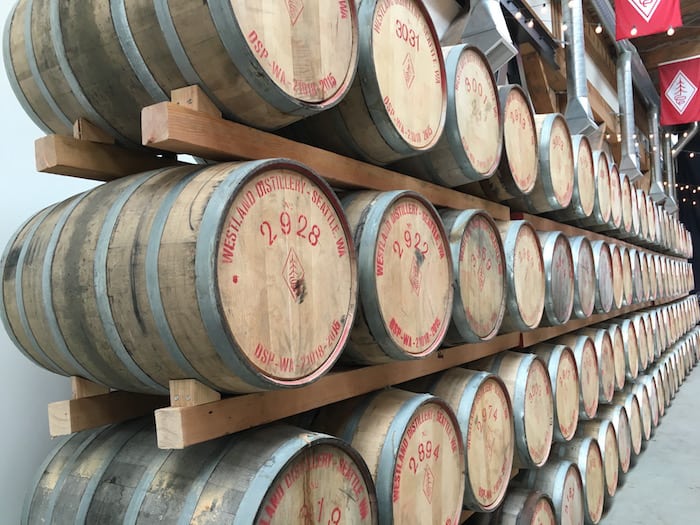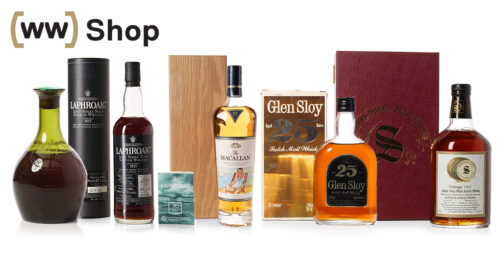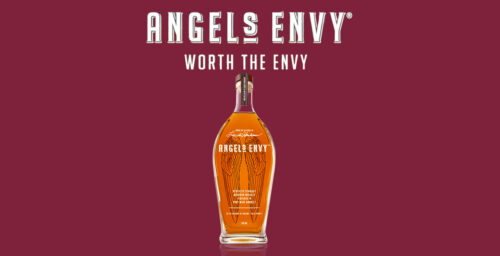Deciding when a barrel is ready to be bottled is one of the most important decisions a distiller makes. While age statements imply that there’s a single, predictable moment that a particular whisky is ready to drink, in reality, two seemingly identical barrels can age on very different timelines.
The location of the barrel in the warehouse, the unique characteristics of the lumber used to construct each barrel, and the treatment of the maturing barrel within the warehouse all have a major impact on the flavor of the spirit inside. While one barrel might be ready at six years, another may need more time.

For many distillers, making that decision is part art and part science, and their barrel selection process is heavily influenced by the style of whiskey they produce. “When I review barrels, there are a number of things that go through my mind,” says Crispin Cain, distiller at American Craft Whiskey Distillery (producer of the Low Gap line of whiskeys) and former protégée of Hubert Germain-Robin, co-founder of Germain-Robin distillery and now a consultant to the spirits industry. Based in Ukiah, California, Crispin does produce some traditional American whiskeys like bourbon and rye, but he also has a somewhat experimental bent that can be seen in his use of a traditional French cognac still and some of his more offbeat releases, like wheat whiskeys and whiskeys aged in used cooperage.
“There are three or four directions a given barrel could go. More aging is one choice. Second, is it a candidate for a single barrel or a one-to-three barrel release? Third, is this a component of a larger unification of barrels of whiskey? And then, the fourth and dreaded choice is, we don’t want to use this at all. We might let it sit until it evaporates into nothingness, who knows.”
Further north, at Woodinville Whiskey in Woodinville, Washington, founder and co-owner Orin Sorensen describes a process that’s governed partially by federal labeling laws, and partially by the flavor arc that transpires in a barrel over time. Woodinville adheres relatively closely to the traditional American styles of whiskey, with a bourbon and rye made on a hybrid column/pot still and aged in new charred oak casks.
“Ultimately our decision on when to bottle is first and foremost based on taste,” says Orin. “That said, a brief outline on the aging laws and science of bourbon whiskey would help to put into context why the vast majority of bourbon is bottled between four and seven years old, and why we spec a minimum of five years in the barrel.”
“Federal law requires a minimum age of two years to designate the bourbon as ‘straight,’ but the bottle still needs an age statement. After four years, an age statement is no longer required. These aren’t ambiguous numbers that the government randomly selected. If you taste most bourbon at two years, most of the green whiskey/white dog notes have faded and the barrel has begun to impart some mild oak flavors. The whiskey isn’t particularly complex or overly enjoyable, but it is vastly improved over new make. Four years is where things improve dramatically. There is much more complexity and barrel influence. All of the new make notes are gone, and it has begun to mellow significantly. It is very drinkable and enjoyable at this mark.”
“From 4 ½ to 6 ½ years, depending on aging conditions, climate, and other factors, most distillers find that the sweetness peaks. Beyond this age, oak and tannin influence can begin to overtake sweetness, although longer aging can certainly be balanced by locating the barrels in cooler parts of the warehouse. Being that sweetness peaks in this time frame, this is why you see most bourbons being bottled during these periods.”
At the end of the day, there’s only one sure way to know if a barrel is ready to be bottled: Pop out the bung and give it a taste. Hey, it’s a tough job, but somebody’s got to do it.








